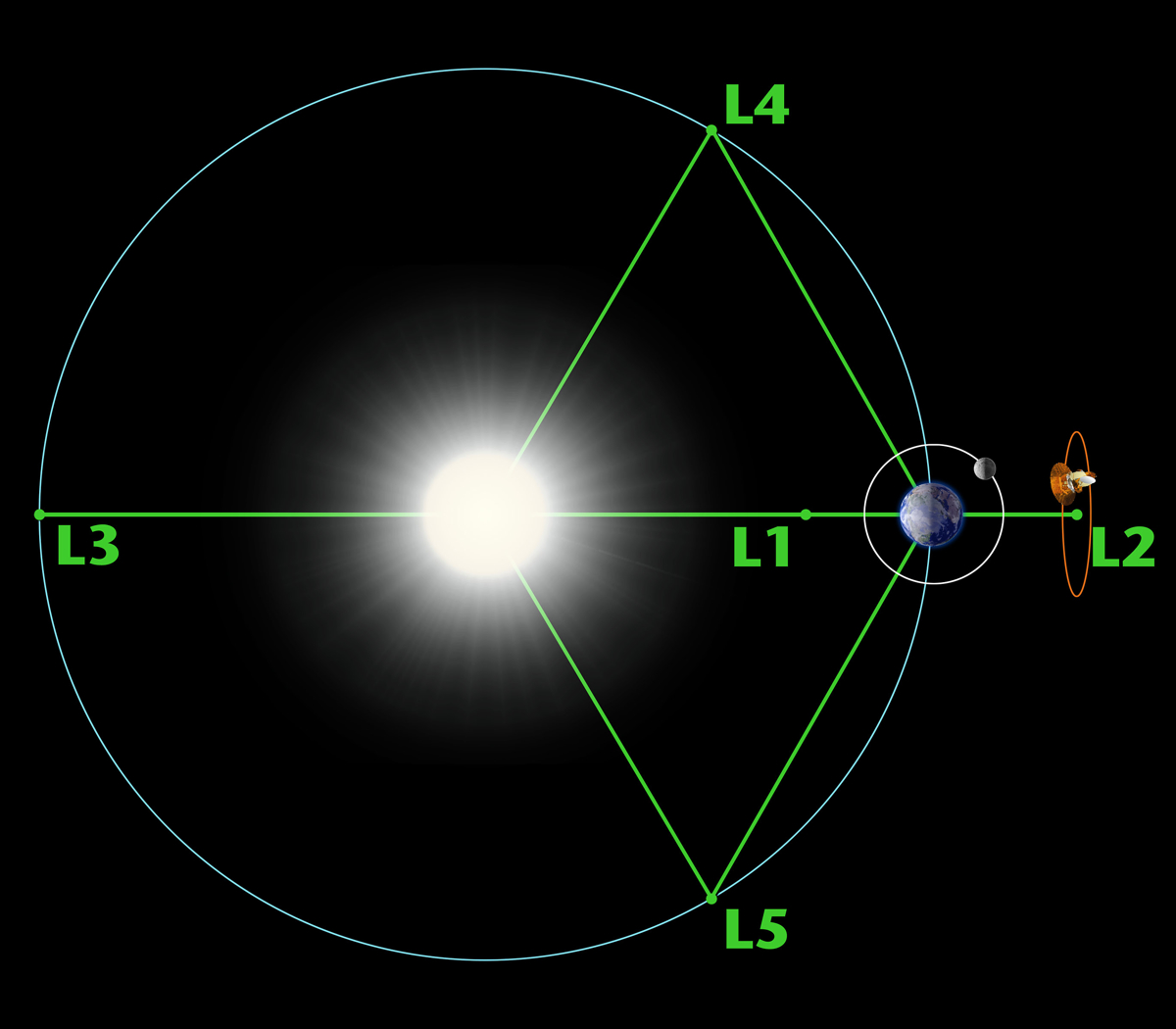Science
Related: About this forumDeflecting The Sun to Cool The Planet Risks Grave Consequences, Scientists Warn
Can we hack climate change?
JOEL ACHENBACH, THE WASHINGTON POST
9 AUG 2018
Scientists are pondering what might be called the volcanic solution to global warming. It would be the ultimate desperate measure, a climatological Hail Mary and, possibly, a very bad idea.
The only reason it's an actual subject of research is that human civilization has failed to take steps to stave off dangerous levels of climate change.
In 1991, Mount Pinatubo erupted in spectacular fashion. The ash fall and lahars killed hundreds of people in the central Luzon region of the Philippines.
Molten-hot ash and gas shot into the upper atmosphere, spread out across the globe, reflected sunlight and naturally cooled the planet for more than a year. Researchers say nature may be offering an example of a possible technique for limiting global warming.
More:
https://www.sciencealert.com/solar-geoengineering-for-climate-change-as-bad-as-doing-nothing-new-study-says
msongs
(67,462 posts)in front of the sun for a few hrs a day lol
LunaSea
(2,895 posts)Reflective particles in the atmosphere is not the way to approach it. Sure, it's the cheapest way, but if you deploy large screens
in orbit, you control the wavelengths and amount of filtering in minute fractions.
A very desperate and expensive means to be sure, but technologically feasible and reversible.
RockRaven
(15,037 posts)If several degrees of temp rise over a century risks our food supply and other quasi-stable networks/cycles necessary for human survival, what would that amount -- or more -- of temp rise over a handful of years do?
Nothing good.
LunaSea
(2,895 posts)You might need to fill a xenon tank every once and a while if you
used a solar electric system for attitude control. But it could buy us a couple of decades
to further work the problems on the ground.
Redundancy is a good idea, build three, and use two as solar collectors in a closer earth orbit.
RockRaven
(15,037 posts)which is willing AND capable of performing the prescribed task within the prescribed timeframe. There is hardly any certainty, nor even any likelihood, of EITHER prong holding in the long-term. And heroic knife-edge feats are the stuff of melodramatic sci-fi/action films, not sound public policy. Especially not sound policy in the face of unknown future geopolitics.
For the record, my criticism of this approach is not specific to your proposed solution, it also holds for those who think aerosolized sulfates in the upper atmosphere are the solution, and any other solution based on a sunlight-mitigation instead on a greenhouse-gas-mitigation proposal.
The sun will never stop (during human existence), ergo any climate change solution which depends on sunlight intervention requires perpetual intervention. Given the long history of episodic failures of human societies, this approach is very high risk. How many continent-wide crop failures can the globe withstand before famine occurs? And before the resultant wars over food or water kill a billion people? Or three? Or five?
LunaSea
(2,895 posts)Such a fanciful idea might buy some. In my opinion it's a better approach
than aerosols (didn't Edward Teller originate that concept?) and I'm not sure
we'll find motivation for any solution until the crops begin to fail.
We've understood that mitigation is the best solution for decades, but that window
of opportunity is closing pretty fast.
A screen concept may sound like science fiction, but we have the capacity for it currently.
NASA Langley has been designing large scale structure fabrication for years and has hardware
already developed under our current relatively stable government. It could be done in just a few years
if we decided to. On-orbit construction and assembly concepts are already underway. Keep an eye out for some news
from NASA about that very subject in the next couple of weeks.
Aspects of it might even be sound policy in the long run as we'd be better off using extraterrestrial materials
which could spark economic growth in many areas, just as space development has always done.
Is it the best solution? No. Just a better idea than aerosols. And not an idea decades away either.
Duppers
(28,127 posts)Last edited Thu Aug 9, 2018, 05:28 AM - Edit history (1)
See your inbox.
🙏
JDC
(10,135 posts)dweller
(23,682 posts)let's just put a HUUUUGE solar panel in the sun's path ...
2 birds, 1 stone
✌🏼️
katmondoo
(6,457 posts)He knows everything, he tells us that all of the time.
LastLiberal in PalmSprings
(12,600 posts)
I'm trying to figure out how our scientists propose to position a huge panel between the Sun and Earth (Lagrange point 1, or L1).

LunaSea
(2,895 posts)Likewise a shade could be positioned closer than L1. Using the Lagrange points would mean you'd use less fuel, but stationing
them there would not be requisite, but you would need more fuel for stationkeeping.